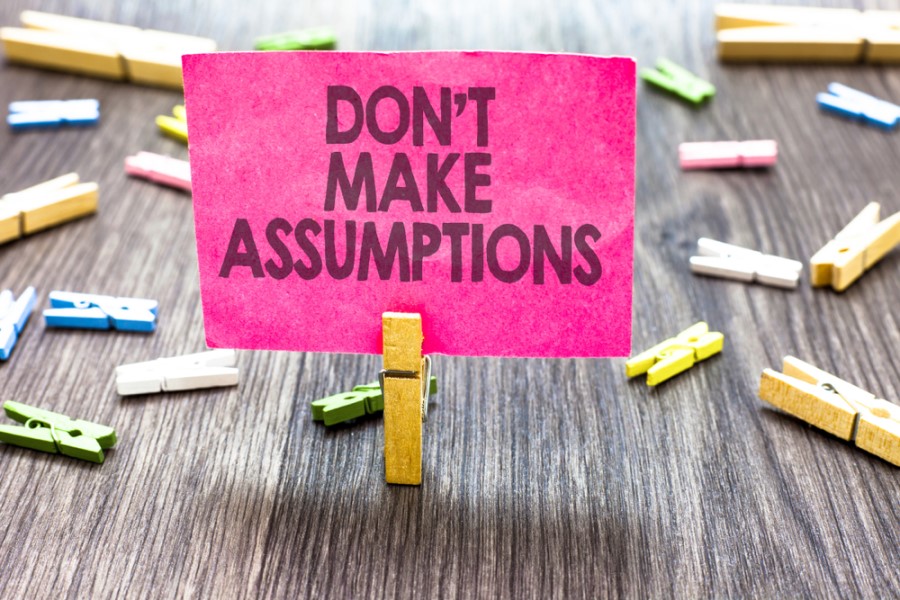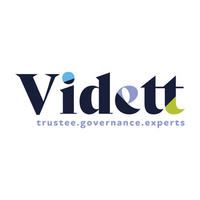Five dangerous assumptions you should never make about your workforce when designing communications

When creating communications, it is wise to never assume your workforce…
1. …knows what you're doing and why you're doing it
State the obvious. Things that are crystal clear to you, might not be to your workforce. You’ve probably been deep into this project for months. They haven’t. Think about what your audience knows so far, how well they might understand it already (err on the side that they don’t) and make it easy for them. Don’t confuse things.
2. …are like you
If everyone was like you (or your mum), maybe the world would be a better place. We all have different likes and preferences. You may feel the future is digital, but it doesn’t mean printers have gone extinct and others don’t still enjoy receiving a postcard! Make your communications work harder and remember good content is not a one hit wonder. You’ve got the ideas, images and wording so use and re-use them to deliver a variety of communications – a booklet or flyer can easily be turned into a video.
Not everyone will see your designs in the way you do, nor will they like them as much as you do. It would be boring if we all decorated our houses the same way. We have different tastes, be that quirky, creative, cheeky, traditional and more staid. We’re all unique and have our own opinion.
3. …will read and consider it properly
Or can read it properly. Is the font and size easy to read? Think about colours – do they clash? Will a person with colour-blindness have trouble seeing it? Can the text be easily read? Is your content dyslexia friendly?
They say the average human has an attention span of eight to twelve seconds. Keep content short and punchy. Minimise the number of messages and make it completely clear what it means for them. Say it, say it and say it again. The likelihood of catching them the first time is slim.
4. …will take action and change their behaviour after reading it
Do your research. If you are looking for people to make a change or take action, you need to really understand who you’re creating these communications for. Don’t assume you know how they think, feel, act or who they trust.
Get them involved at the content creation stage. No-one can tell you better what messages, look, feel and media will work than representatives from each segment of your audience. Having workforce communication champions may turn out to be your most effective tool for encouraging others to act.
5. …care about your brand
Or even that they know enough about your brand to care (sorry!). Although you may have a well-developed brand specifically for internal communications, this is quite rare. Your business’ brand has been created to sell something else to someone else. It won’t necessarily work for communicating with employees about financial or mental wellbeing, their pension, death benefits etc.
People like people, especially if they’re like them. Be human, show humans – cartoon or otherwise – and remember others don’t always think and act as rationally as we expect or would like them to! Ask the ‘how’, ‘what’ and ‘when’ questions. Gather opinions before you send something out and be mindful your communications are for your workforce and not just you.
The author is Jasmin Clark, marketing and communications manager at Punter Southall Governance Services.
This article is provided by Punter Southall Governance Services.
Supplied by REBA Associate Member, Vidett
Leading the way in professional trusteeship & governance







